Table of Contents Show
California has more national parks than any other state, and Alaska follows close behind. With so many parks, you might wonder which ones are worth your time and money. Maybe all of them – and maybe not. Do all of them warrant a visit, or should you keep rolling down the road? We’ll take a closer look at all of them to help you decide.
Are you ready to explore the national parks in California? Let’s go!
How Many National Parks Are in California?
Counting its national seashore, just north of San Francisco, California has nine national parks. Alaska has the second most, with eight. And in case you’re wondering how other states rank, Utah has five, and Colorado has four. Some states don’t have any.
The nine national parks in California are part of 28 National Park Service (NPS) properties in the state. Besides parks, these NPS units include things like national trails, national heritage areas, national historic landmarks, and national natural landmarks.
Keep in Mind: If you’re looking for a new Mercedes Motorhome to visit the California National Parks in, look no further. These are the 10 best Mercedes Motorhomes in 2022.
Why You Can’t Miss the National Parks in California
If you do any extensive traveling in California, you’re bound to come across its national parks. Like Yosemite and Death Valley, some of them are incredibly vast, while others occupy a smaller, more remote area. Touring them all is a way to experience the state’s incredible ecological diversity. You’ll see the many sides of California in terms of landscapes and terrain, as well as wildlife and climate.
The Complete List of National Parks in California
We’ll start our tour along the Pacific coastline, and we’ll finish up there, too. Along the way, we’ll cover virtually every region of the Golden State.
1. Channel Islands National Park
These five islands off the shore of Venice, near Los Angeles, are a nature lover’s dream. You can drive right up to the visitor center, but you’ll need to schedule a boat ride to the islands themselves.
You may find it hard to believe, but this land-and-sea paradise covers almost 250,000 acres in Southern California. Most of it is actually along the ocean floor. Make a point to look for the thousands of seals that gather along Santa Barbara Island and the amazing sea caves on Santa Cruz Island.
Each island has a campground and hiking trails, where you might encounter foxes and spotted skunks. At the visitor center, a 25-minute film called “A Treasure in the Sea” will help you prepare for your adventures.
2. Death Valley National Park
This big desert hotspot covers 3.4 million acres in the northern part of the Mojave Desert. Most of it is in eastern California, but about 110,000 acres are in Nevada.
The largest national park outside of Alaska, Death Valley, is a land of contrasts. It’s below sea level and is literally the hottest place on earth. But parts of it are bountiful with wildlife and wildflowers, and there are mountain peaks that rise past 11,000 feet.
The park service says 93% of the park is a designated wilderness area, with a thousand miles of roads. There are nine campgrounds, but some are open only from fall through spring because of the extreme summer temperatures. The wildlife includes mountain lions, coyotes, and bighorn sheep.
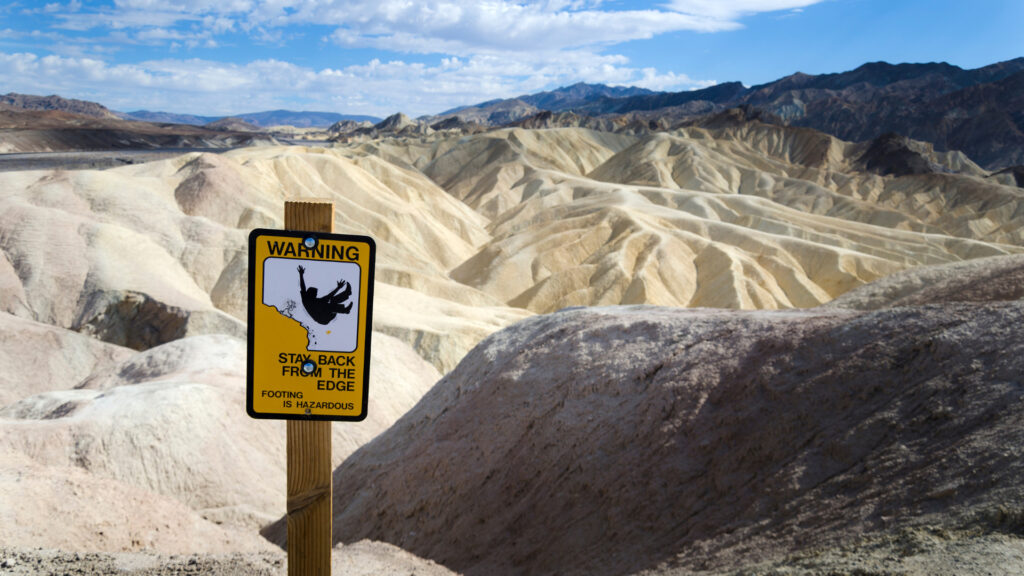
3. Joshua Tree National Park
The Mojave Desert is so big that it’s the location of another national park in California. This one is farther south outside Palm Springs and offers different kinds of beauty.
Even the park service says those weird trees look like something out of a Dr. Seuss book. They’re a member of the agave family. Their twisted branches serve as a symbol of the rugged beauty you’ll find in this unique desert locale. The distinctive landscape also has mountains and the remnants of historic gold mines.
It’s not all desolate, though. There are also galleries, museums, and farmer’s markets to visit. With comparatively little light pollution, the area draws lots of stargazers, too.
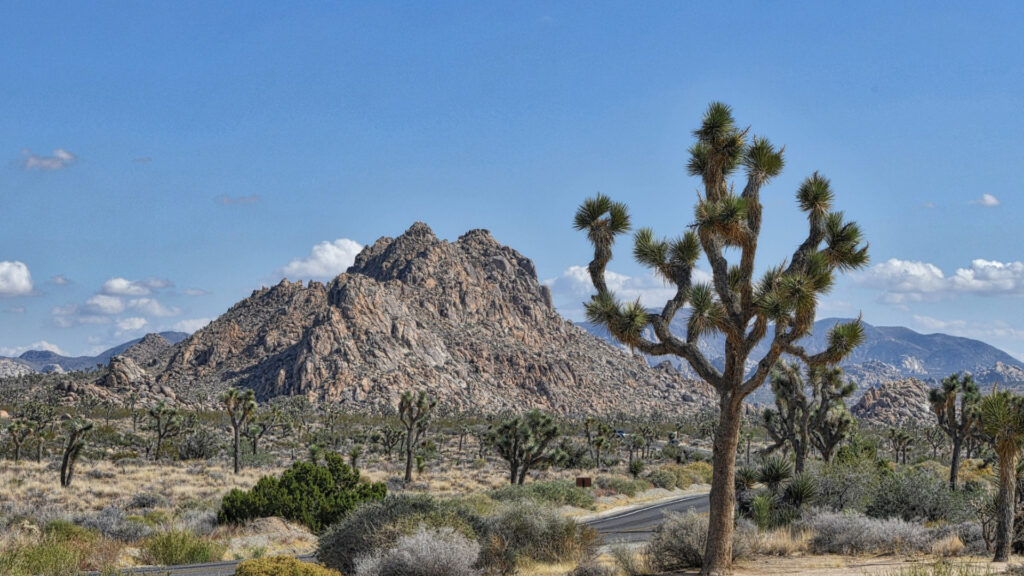
4. Lassen Volcanic National Park
One of the most interesting national parks in California, this is a hotspot of a different kind. It’s on the southern end of the Cascade Range and just north of the Sierra Nevada mountains.
If you see steam rising out of the earth, don’t be alarmed – it might be a fumarole. They are vent-like openings in the ground where volcanic gas escapes from the earth’s interior along with other vapors. At this park, 50 miles east of Redding, you can also see geysers in action and an active volcano.
The park’s centerpiece, Lassen Peak, last erupted in 1917. The 150-plus miles of trails throughout the park include a section of the Pacific Coast National Scenic Trail. The park has eight campgrounds and offers accommodations at rustic cabins and a historic lodge.
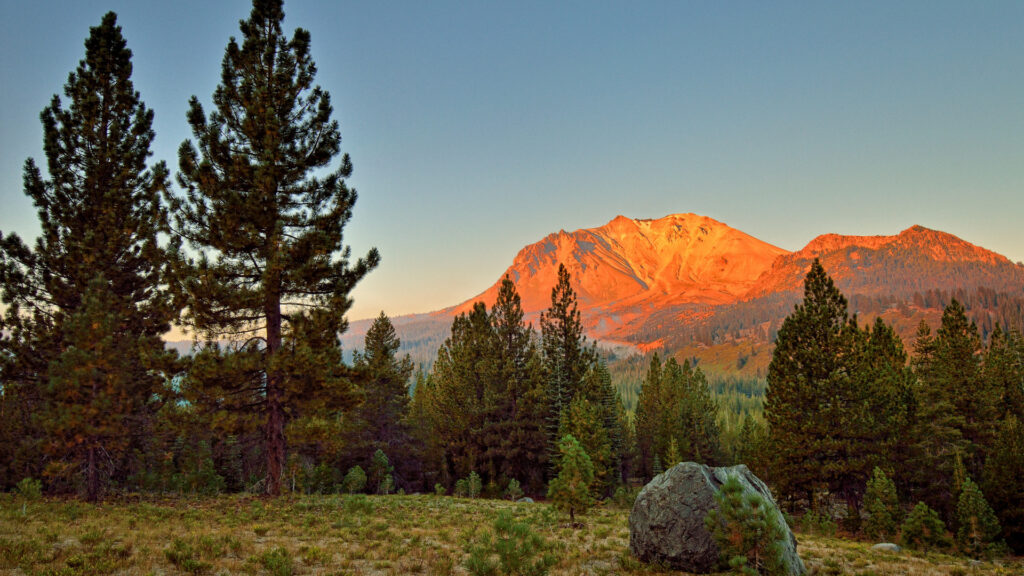
5. Pinnacles National Park
The volcanoes here are no longer active, but they’ve left their mark – some 23 million years later. They are responsible for the rocky spires that give the name to this park in central California near Salinas.
The unique geological formations result from volcanic fields lying where two fault lines come together. That sounds really scientific, so let’s just say you won’t forget seeing this cool and unusual landscape. Many visitors also enjoy the vibrant plant life that thrives in a climate of mild winters and hot, dry summers. Be sure to look to the skies, too.
You may catch a glimpse of the captivating but elusive California condor. Bird watchers also keep their eyes on the ground for a greater roadrunner. Bear Gulch Cave is home to a huge colony of Townsend’s big-eared bats.
Pro Tip: Save money on your California visit. Check out how to find the best free camping in California.
6. Redwood National Park
This is one of the national parks in California with some of the world’s biggest trees. The redwoods here, some of them over 300 feet tall, are the tallest anywhere. They are second in overall size only to the giant sequoias, which fall next on our list of things to see.
The park rangers might get a little frustrated when visitors ask about the trees because there’s so much to talk about. But the fact is, there’s no other place where a forest like this overlooks such a rugged and stunning coastline. The 132,000-acre park is so far up California’s coast it’s just 200 miles from Oregon.
Sea creatures like Steller sea lions and humpback whales are on the list of animals you may encounter. Hiking, biking, and kayaking are among the many popular activities here. Many also enjoy motoring along the eight different scenic drives.
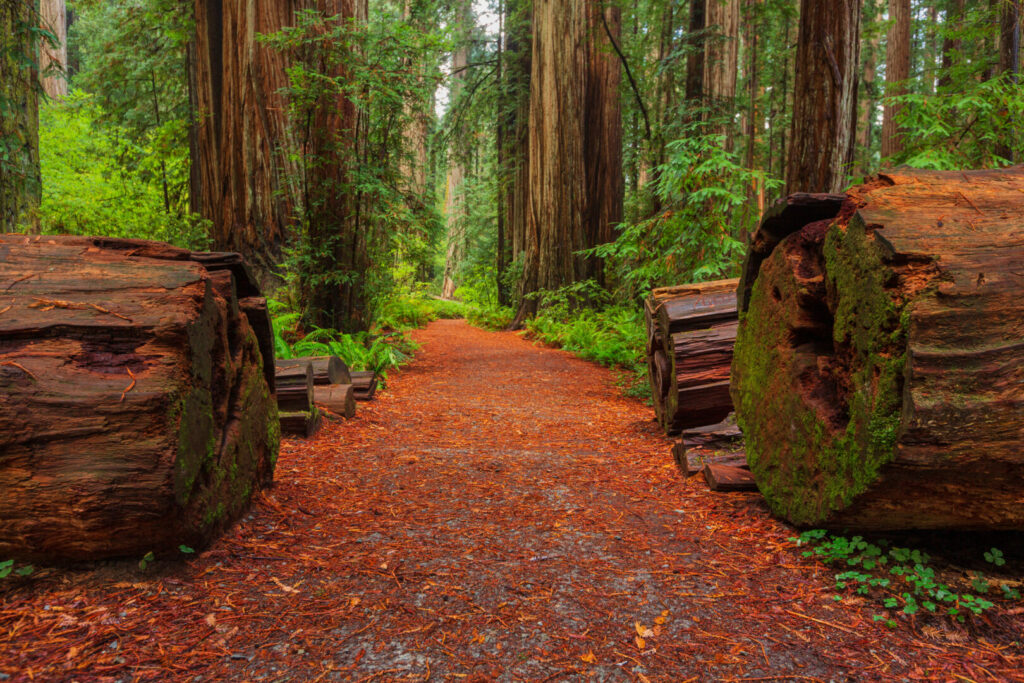
7. Sequoia & Kings Canyon National Park
Once you’ve seen the towering redwoods, you may not be able to imagine trees any larger. But that’s until you make the drive over to these mammoth groves in east-central California. They may not be as tall, but they have much bigger trunks.
You can “walk among the giants” here. The largest of the giant sequoias is called the General Sherman Tree. It’s 275 ft tall and 36 ft in diameter at its base. And though it tapers gradually, it’s still more than half that width at 60 ft above the ground.
The second half of the park’s name refers to what happens to be the deepest canyon in the U.S. How deep? 8,200 ft, which is more than a mile and a half. Technically, these side-by-side parks are separate, but they have joint administration, so they’re only one admission fee.
8. Yosemite National Park
Giant sequoias are also a big attraction at this famous park, but it’s probably even better known for rock climbing. Yosemite is also home to the continent’s largest waterfall.
One of the most well-known national parks in California, Yosemite covers almost 1,200 miles, which is about the size of Rhode Island, and almost all of it is wilderness.
The park, established in 1890, also has thousands of lakes, ponds, and streams and the breathtaking Yosemite Falls. With its numerous granite cliffs and monoliths, it’s a wonderland for climbers. For many, the imposing El Capitan, which rises 3,600 ft from the valley floor, is a top challenge.
Another seriously strenuous activity is the 17-mile hike up a sloping granite feature called Half Dome. There are permanent cables to assist, but there’s an elevation gain of 4,800 ft, and the trek can take up to 14 hours.
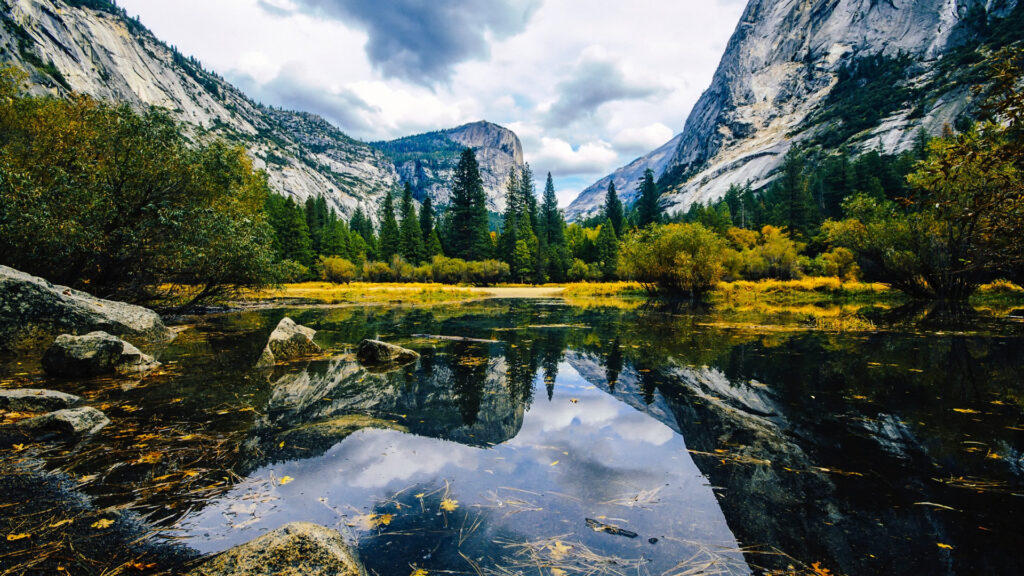
9. Point Reyes National Seashore
National seashores are coastal areas that the federal government has set aside for public use. Most are along the Atlantic Ocean, and this is the only one out west.
If you’ve ever wished for a great place to stop along the Pacific Coast Highway, this could be it. Just 40 miles from San Francisco, it’s a popular getaway for Bay Area residents. It’s also a wonderful area to experience the Pacific coastline at ground level. There’s thundering surf below the steep bluffs as Wildcat Beach, but Tomales Bay offers a calmer experience. (You can do some beach camping there if you’re fortunate to score a spot.)
Farther inland, the rocky and hilly terrain gives way to forests and grassy plains. Hike to the stunning Alamere Falls, with its 40-foot cascade, or visit the herd of free-roaming elk at Tomales Point.
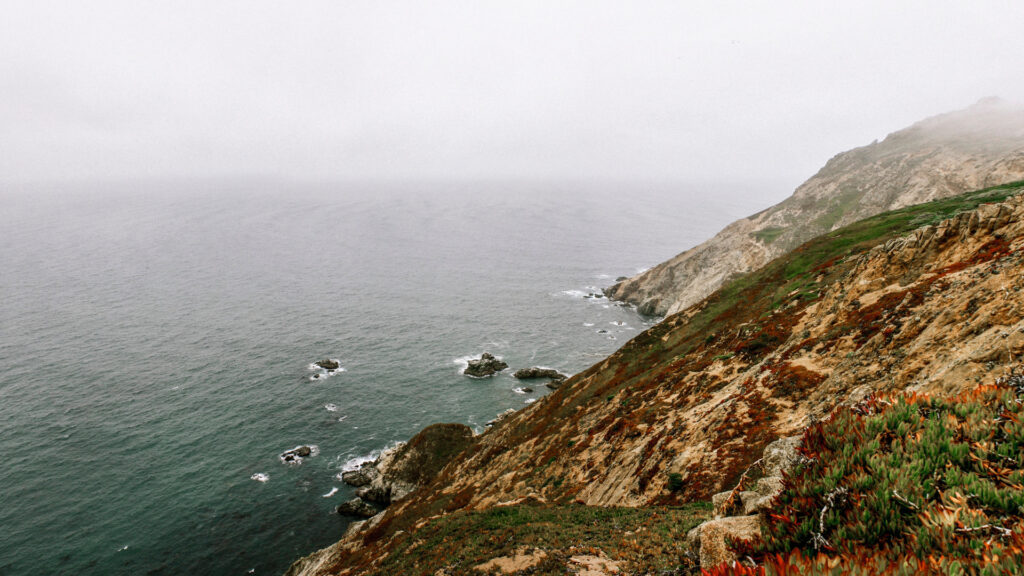
Plan Your Trip to the National Parks in California Today
You can see for yourself that all of these national parks in California are worth visiting – that’s a no-brainer. One of the problems is that so many other people think so, too. Some of these gorgeous places get incredibly crowded, so do your research to figure out the best times to go.
You’ll need to factor in the weather conditions, of course. Look at average temperatures for different months and consider when the least rainfall occurs in these different areas. Hopefully, you can find the perfect window of opportunity to experience these amazing places.
Have you visited any of these national parks?




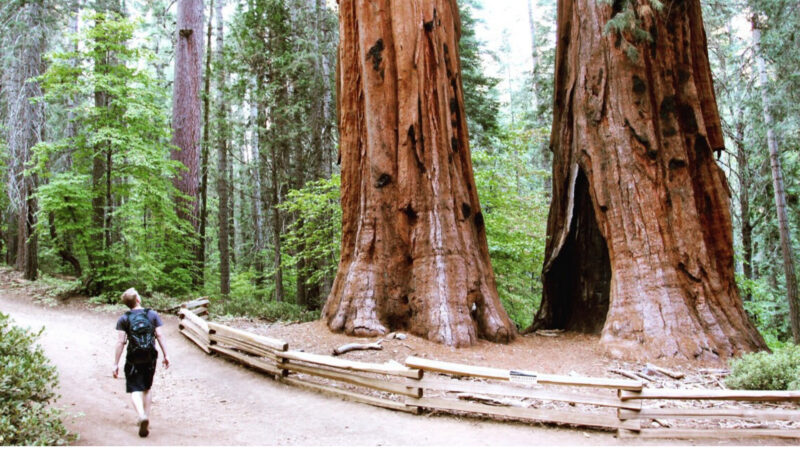
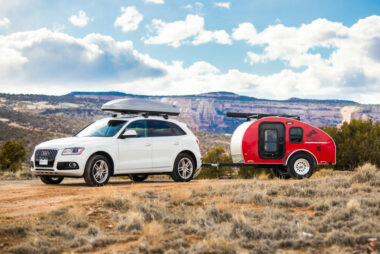

Are the California National Parks worth visiting? Damn straight they are. Between the desert, Yosemite, the Redwoods, the Coast you are in for exceptional experiences unmatched by any other state including Alaska and Hawaii. Add in the state parks and places like Big Sur and Lake Tahoe will find you on cloud nine.
I have been to them all except Channel Islands and Joshua Tree. To be clear, these are “Well-Loved” parks. You aren’t going to find yourself alone in a meadow in Yosemite Valley except maybe at dawn. Walking the trail to Vernal and Nevada Falls feels like a freeway of pedestrians if you get a late start (Hint go Early). They are lots of spots even in Yosemite where you will have complete solitude if you get out of the valley. I love the McGurk Meadow hike on the road up to Glacier Point. I typically see from 4-10 folks in the five hours it takes me to complete it. Tuolumne Meadows is another gem.
Know also that camping reservations in popular spots can be damn near impossible to get because of the demand. It can be frustrating.